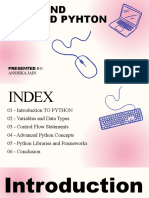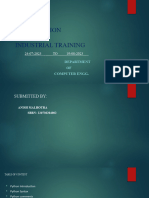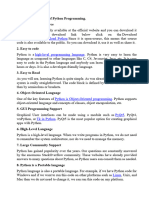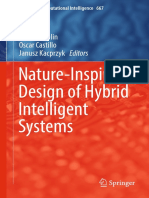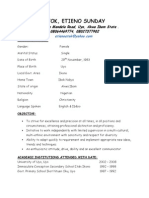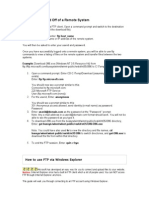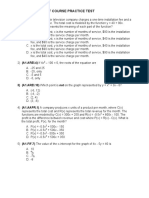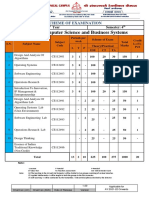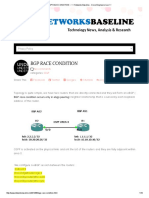0% found this document useful (0 votes)
51 views4 pagesPYTHON Notes
Python is a high-level, interpreted programming language known for its readability and versatility, supporting various programming paradigms. It features dynamic typing, a rich standard library, and is widely used in web development, data analysis, and machine learning. Key concepts include variables, control flow, functions, object-oriented programming, exception handling, and file operations.
Uploaded by
devjorhat987Copyright
© © All Rights Reserved
We take content rights seriously. If you suspect this is your content, claim it here.
Available Formats
Download as PDF, TXT or read online on Scribd
0% found this document useful (0 votes)
51 views4 pagesPYTHON Notes
Python is a high-level, interpreted programming language known for its readability and versatility, supporting various programming paradigms. It features dynamic typing, a rich standard library, and is widely used in web development, data analysis, and machine learning. Key concepts include variables, control flow, functions, object-oriented programming, exception handling, and file operations.
Uploaded by
devjorhat987Copyright
© © All Rights Reserved
We take content rights seriously. If you suspect this is your content, claim it here.
Available Formats
Download as PDF, TXT or read online on Scribd
/ 4

















































